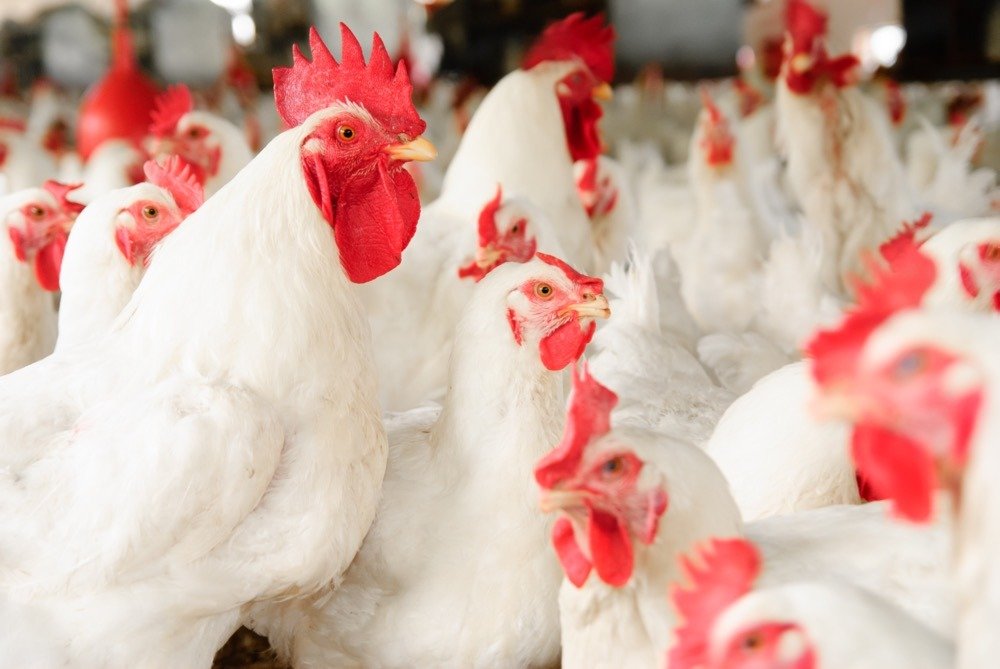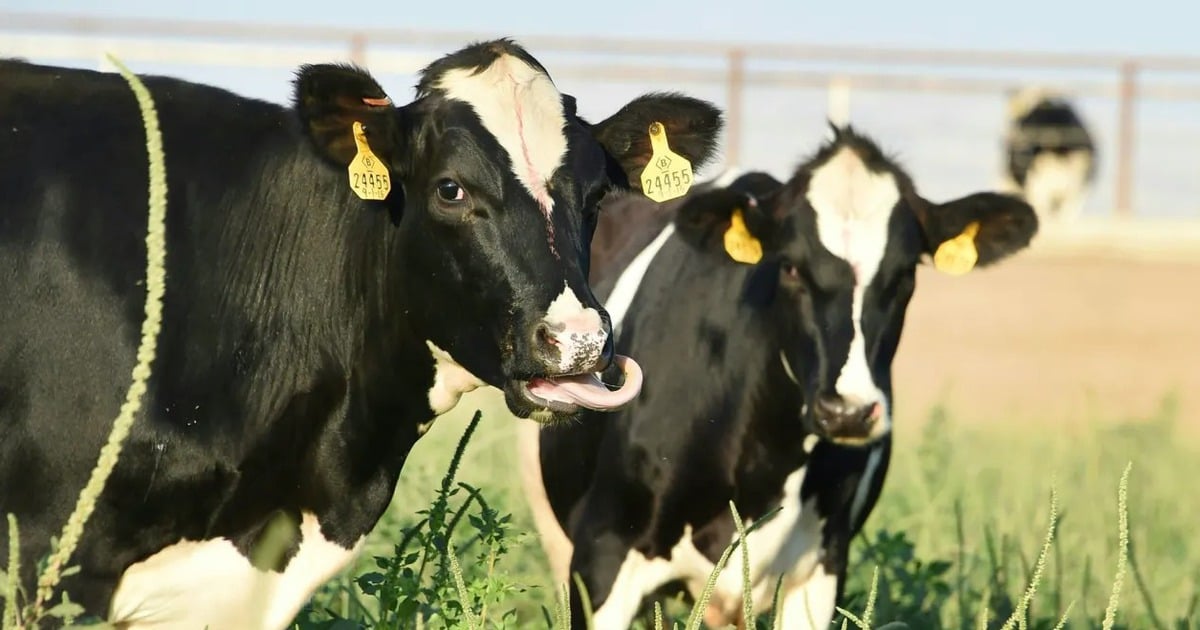On July 4, the World Organization for Animal Health (WOAH) reported an outbreak of highly pathogenic H7N5 avian influenza at a farm in western Germany, near the border with the Netherlands.
 |
| Illustration |
The outbreak was detected on June 29 and confirmed on July 2, causing the deaths of 6,000 birds out of a total of 90,879 at the farm in the town of Bad Bentheim, Lower Saxony state.
The H7N5 virus strain is believed to be distinct from the H5N1 strain that has caused severe damage to poultry and spread to mammals and humans globally. Worryingly, this is the first H7N5 outbreak recorded in WOAH's public animal disease database since 2005.
Experts have warned that the H7N5 bird flu virus could mutate and spread to humans, but there is currently no evidence of H7N5 infecting humans. The German government has taken urgent measures to prevent the spread of the disease, including culling about 16,000 birds at the affected farm and setting up a 3km quarantine zone around the area.
In addition, German authorities have also increased disease surveillance at poultry farms and required strict biosecurity measures.
Source: https://baodautu.vn/duc-phat-hien-o-cum-gia-cam-h7n5-gan-bien-gioi-ha-lan-d219368.html





![[Photo] Overcoming all difficulties, speeding up construction progress of Hoa Binh Hydropower Plant Expansion Project](https://vstatic.vietnam.vn/vietnam/resource/IMAGE/2025/4/12/bff04b551e98484c84d74c8faa3526e0)

![[Photo] Closing of the 11th Conference of the 13th Central Committee of the Communist Party of Vietnam](https://vstatic.vietnam.vn/vietnam/resource/IMAGE/2025/4/12/114b57fe6e9b4814a5ddfacf6dfe5b7f)











![[Video] First time in Vietnam: Successful implantation of 3rd generation partial artificial heart](https://vstatic.vietnam.vn/vietnam/resource/IMAGE/2025/4/12/8817412224094c68ba2c744b7bd5cfea)















































































Comment (0)